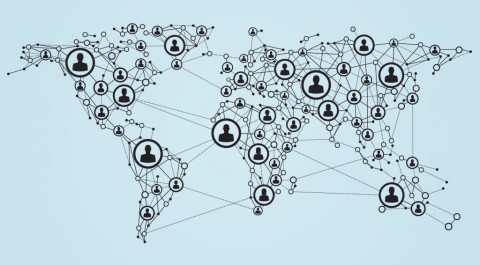This is the final blog post in our three-part series discussing ways to improve supply chain collaboration.
If you’ve read the first blog posts in this series, you should have a pretty good idea of two main reasons why supply chain collaboration is failing – fundamental . You should also have a better understanding how to fix what’s “broke” when it comes to data and processes. Today, I’m going to tackle a third fundamental reason collaboration is failing: the disconnect between the people overseeing the supply chain.
The challenge: Disconnected people
Supply chains don’t run themselves – not yet anyway. From demand and supply planners, to inventory managers and capacity planners, humans play a pivotal role in keeping the supply chain moving and customers happy and loyal. But there’s a problem. Not everyone in the supply chain talks to each other. Stakeholders are often distributed globally. As a result, they make decisions with little understanding of or visibility into their cross-functional impact. Without collaboration, critical decisions can’t be made quickly, which can lead to supply chain disruption and the inability to mitigate risks before they turn into disasters. Streamlining the supply chain requires close collaboration among all partners, whether they’re located in the building, across the country or around the world. The speed at which organizations can connect internally with other business units and externally with select manufacturers, suppliers and customers is critical to success. So the question is, “How can you get people connecting, communicating and collaborating in real time to make optimal decisions faster?” Good question.
The solution: Connecting stakeholders, data and processes
If the lag time to share planning decision results can be eliminated and people have a way to concurrently assess impact, conversations related to tradeoffs and compromises can flow seamlessly across the supply chain. Making critical decisions in time to drive value requires everyone to see their data and planning process results in the moment at exactly the same time. When you enable this level of connecting people, supply chains become more responsive to their customers and have a greater ability to navigate through unexpected events. Add instant access to related supply chain data, plus the ability to run processes in one place, and what do you get? The kind of collaboration that can drive supply chain excellence. With that in mind, how does supply chain collaboration stack up in your organization? If you want to learn more about how to connect supply chain data, processes and people to pave the way to better collaboration, check out the eBook: 3 Ways to Improve Supply Chain Collaboration.





Leave a Reply